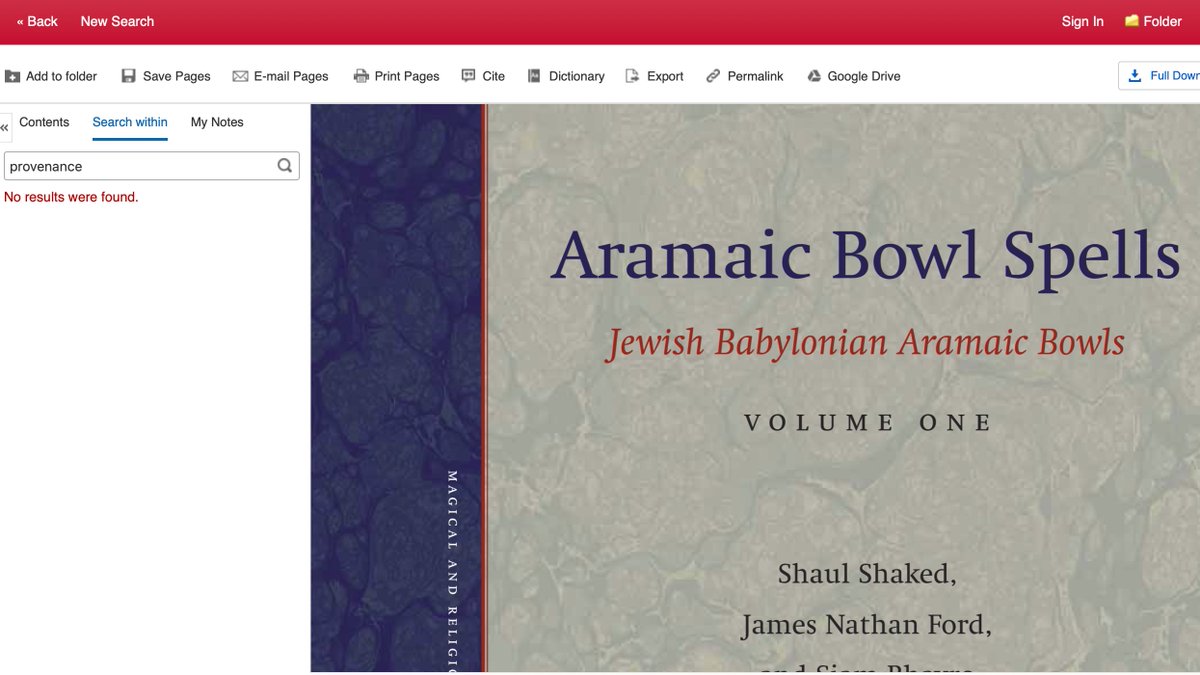The strangeness of this article is perfectly symbolized by what looks like a fashion photoshoot featuring a BM curators with props.
telegraph.co.uk/art/architectu…
h/t @PortantIssues
telegraph.co.uk/art/architectu…
h/t @PortantIssues
It's good that the article does not continue Simpson's insistence that looting in the Middle East mostly stopped after 2003-04.


https://twitter.com/MichaelDPress/status/1321458738033807365


I'm guessing the £30 million here is just a typo (as this has been repeatedly reported to be around £3 million)? 

Regardless, the article makes it sounds like the scheme is purely altruistic (this has been the BM's spin of course), while ignoring the many benefits the BM has received from it, including a new excavation to contextualize its own looted artifacts.

https://twitter.com/MichaelDPress/status/1223712193411153920

Why is a BM curator suggesting that ISIS might have looted a Sumerian plaque when they weren't close to the area of ancient Sumer? 

More sensationalizing the threat of ISIS: they were "a day's drive away" from Tello!
(In this case, that means around 300 km away at their maximum extent.)
(In this case, that means around 300 km away at their maximum extent.)

Sadly this isn't so strange as it's all too typical: antiquities looting is bad because of TERRORISM and CRIMINAL GANGS -- but apparently not because it funds continued violence in war zones. 

Overall the Telegraph article reads like promotional material for the museum -- ignoring above all the fact that the BM's opposition to antiquities looting seems inconsistent, given how much of its own collection was once obtained from looting.
hyperallergic.com/597566/the-bri…
hyperallergic.com/597566/the-bri…
• • •
Missing some Tweet in this thread? You can try to
force a refresh
















